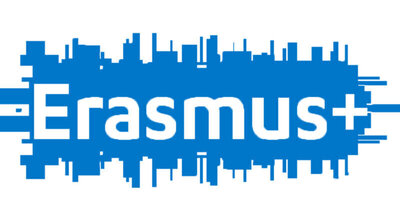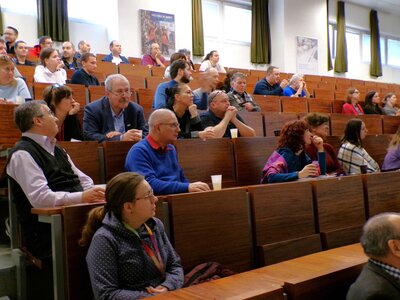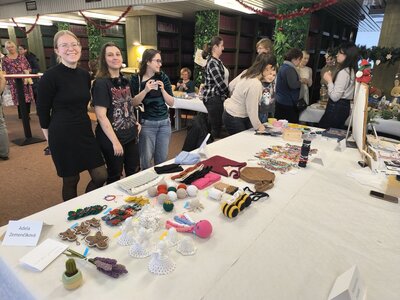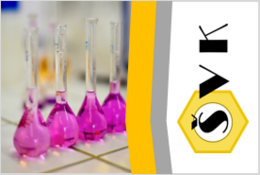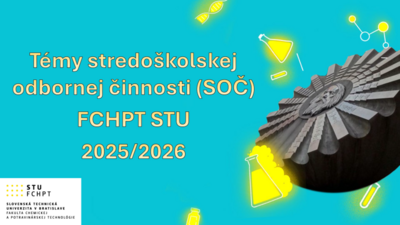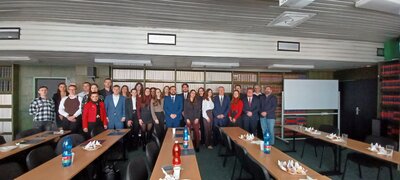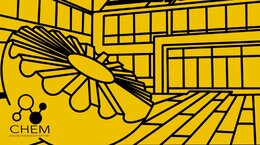The CHEMTEACH project is a comprehensive effort to modernize and harmonize chemistry teaching in B&H, fostering collaboration among schools and aligning educational programs with both EU standards and local labor market demands. By focusing on teacher training, student engagement, and digital innovation, the project aims to significantly improve the quality of education in B&H, preparing students for success in the 21st-century workforce.
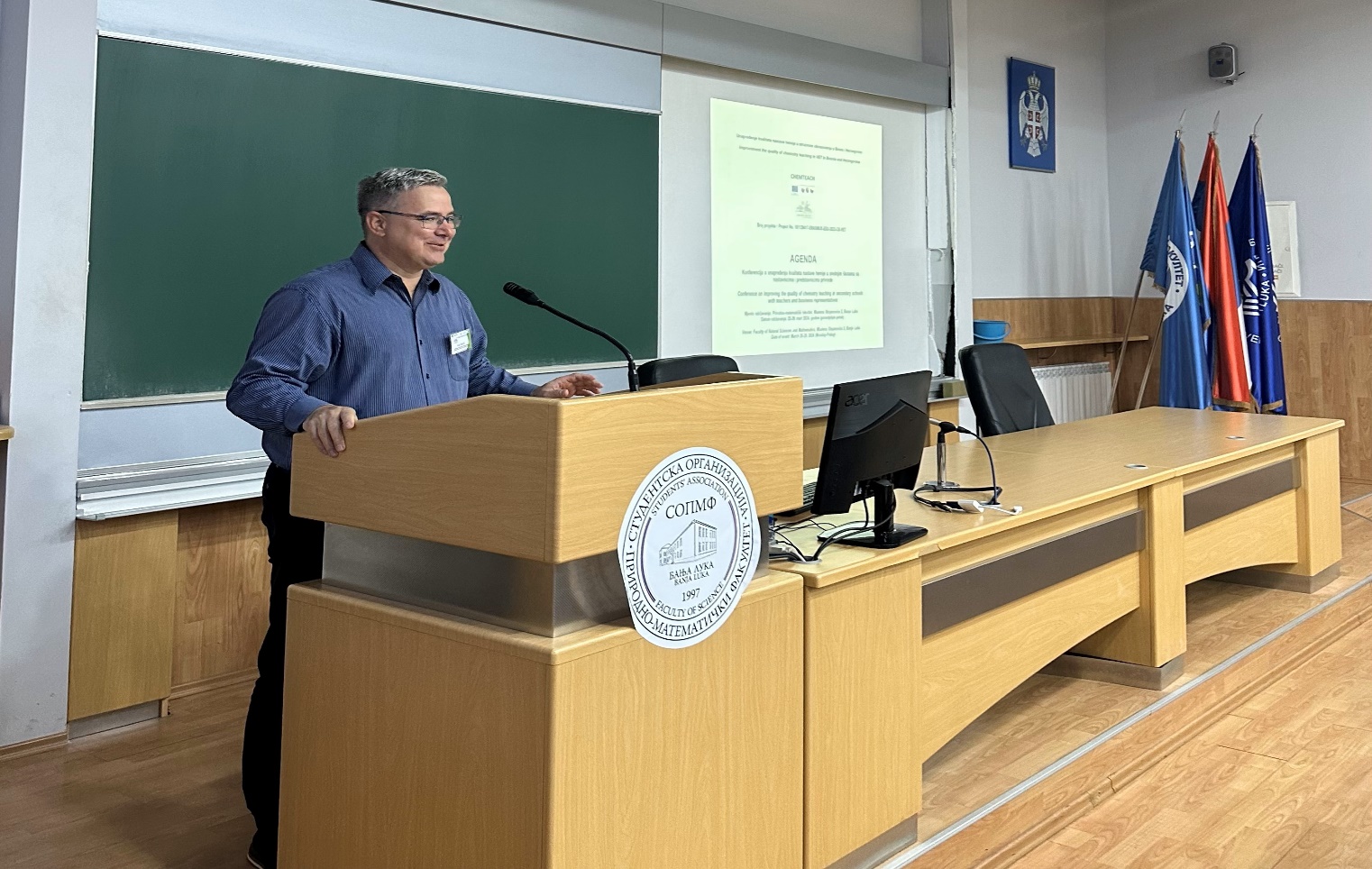
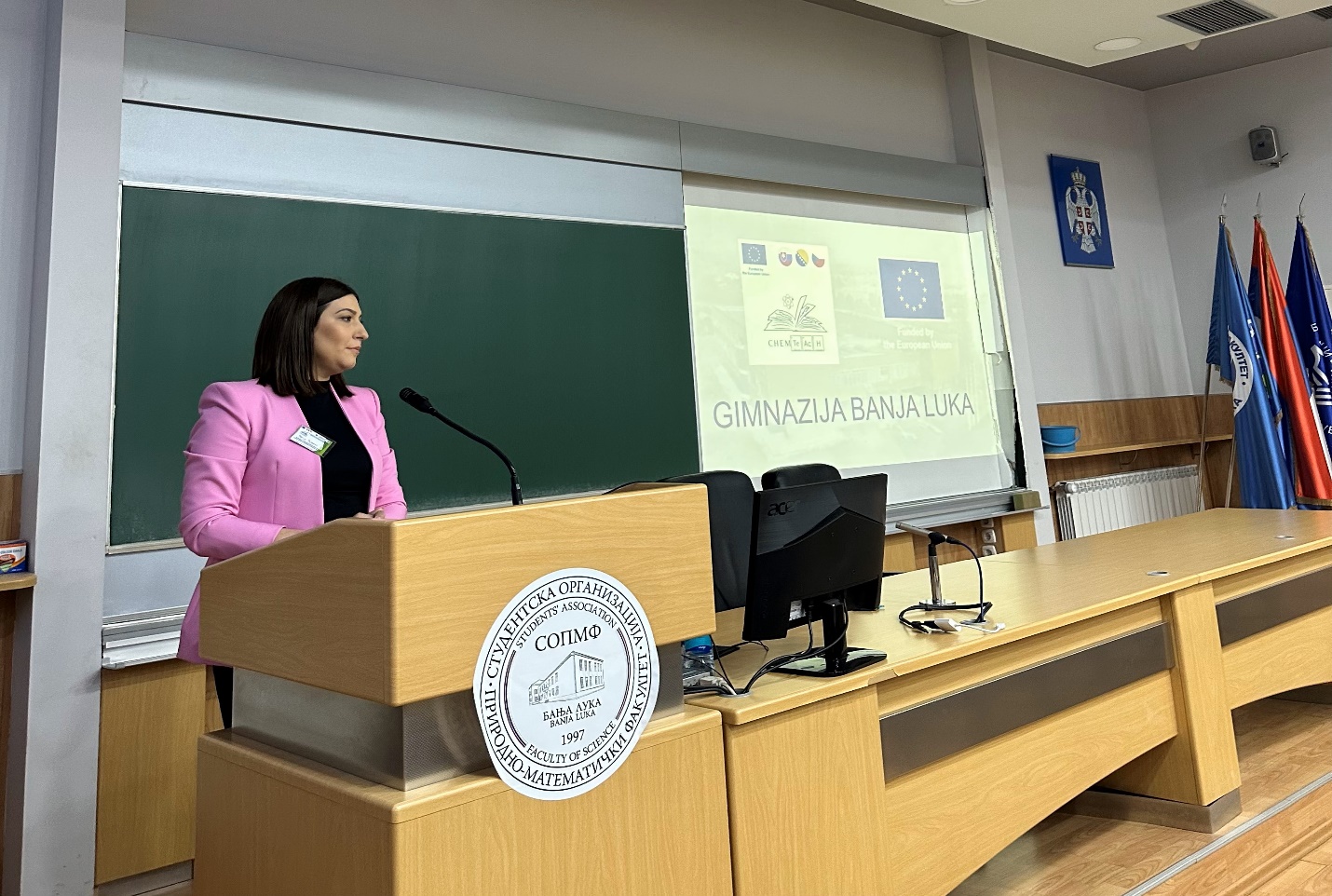
The specific objectives include:
- Addressing the Demographic Decline and Its Impact on Education: By 2031, the number of students in primary schools in B&H is expected to decrease by 23.7 percent, secondary schools by 18.7 percent, and higher education by 20.3 percent. These projections emphasize the urgent need to reorganize the education system. This project aims to reorganize and adapt the educational curriculum to reflect demographic changes, focusing on meeting labor market demands, reducing education expenditure, and improving the quality of education offered to a shrinking student population.
- Reforming the Traditional, Outdated Educational System: Despite two decades of changes, the educational approach in B&H remains traditional and out of sync with 21st-century requirements. The project aims to shift away from these outdated curricula by introducing modern, student-oriented teaching methods, especially in chemistry. A specific focus is placed on upgrading curricula to promote critical thinking, problem-solving, and scientific literacy.
- Enhancing Teacher Skills and Resources: One of the project’s core objectives is to empower chemistry teachers by introducing innovative experimental teaching methods and digital tools. These tools will help teachers connect scientific concepts with everyday phenomena, making complex theories more accessible and engaging for students. Teacher training will also focus on improving collaboration across different schools and professional backgrounds, fostering an exchange of best practices and overcoming existing prejudices.
- Integrating Vocational Schools into the European Educational Network: The project is designed to enhance the capacities of vocational schools in B&H by learning from the experience of chemical vocational schools in the EU. This involves knowledge transfer and capacity building, which will lead to the implementation of experimental teaching programs and modernized curricula that are both aligned with EU standards and tailored to local needs.
- Linking Education with the Labor Market: Another important objective is to strengthen the connection between education and the labor market, ensuring that students acquire the skills needed in modern industries. Collaboration with chemical companies, institutes, and employers will provide valuable insights into the essential chemical knowledge and skills required in various sectors. This will help schools align their programs with labor market demands, thereby improving employability outcomes for students.
- Improving Scientific Literacy and Critical Thinking: The project also aims to enhance scientific literacy, a key competence in the modern world. Scientific literacy involves not just the acquisition of knowledge but the ability to apply that knowledge in solving real-world problems. By fostering scientific literacy, the project seeks to prepare students for both professional and personal success in a world shaped by rapid scientific and technological advancements.
- Promoting Inclusivity and Lifelong Learning: The project aims to foster an inclusive educational environment by encouraging lifelong learning. Through the introduction of dual education and other initiatives, the goal is to make vocational education more accessible and to promote continuous skill development. This aspect of the project will ensure that students from diverse backgrounds can benefit from modernized curricula and teaching methods.
- Fostering Cooperation Among Schools and Teachers: A key innovation of the project is to promote cooperation between different types of schools in Banja Luka (technological, medical, and gymnasium schools). Traditionally, these schools have operated in silos, with little exchange of ideas or methods. By fostering collaboration among teachers from these schools, the project aims to create a harmonized approach to teaching chemistry, improving both teacher competence and student outcomes.
- Introducing Digital Tools and Resources: One of the critical objectives is to incorporate digital tools into the chemistry curriculum, which will be tailored to the needs of students and teachers. This includes digitizing teaching materials and combining them with traditional methods to create a more dynamic and interactive learning environment. The use of digital tools is seen as essential for fostering student interest in scientific subjects.
- Involvement of Key Educational Stakeholders: The project targets a wide range of educational stakeholders, including chemistry teachers, school principals, counselors, pedagogical institute managers, and relevant ministries. By engaging these stakeholders, the project aims to create a strong support network for educational reforms, ensuring that the changes introduced are sustainable and scalable across the country.
- Encouraging International Collaboration: By connecting B&H schools with EU schools and registering them on the EC portal, the project aims to foster international collaboration. This involvement in international education projects will help B&H schools raise their standards and demonstrate their commitment to improving educational quality.
Disclaimer
Funded by the European Union. Views and opinions expressed are however those of the author(s) only and do not necessarily reflect those of the European Union or the European Education and Culture Executive Agency (EACEA). Neither the European Union nor EACEA can be held responsible for them.




